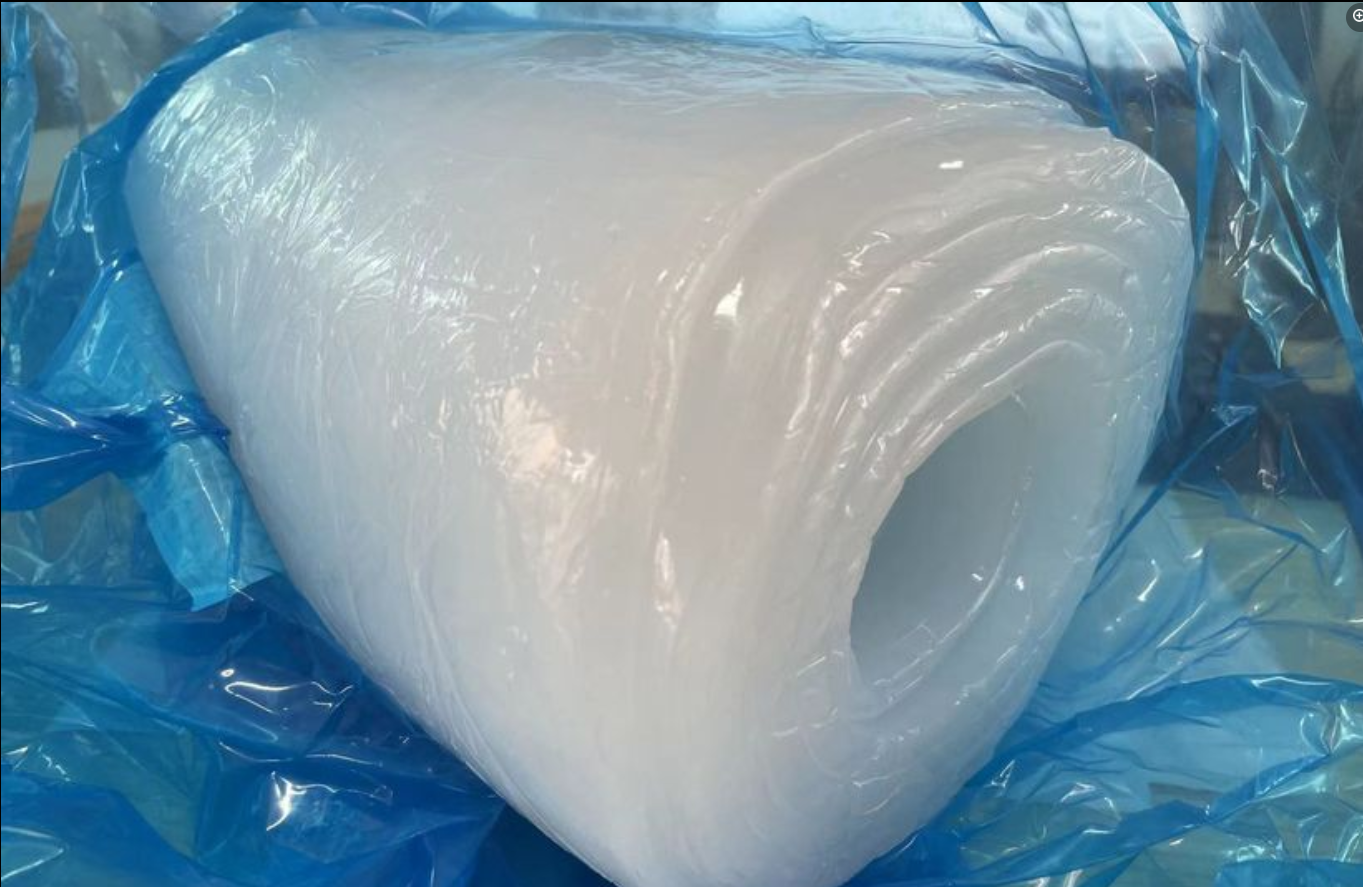 VTES significantly improves the performance of rubber elastomers in the following ways:
Improving filler dispersion:
VTES significantly improves the performance of rubber elastomers in the following ways:
Improving filler dispersion:
VTES, as a coupling agent, can effectively improve the dispersion of inorganic fillers (such as silica) in the rubber matrix and prevent filler agglomeration.
Uniformly dispersed fillers can better play their reinforcing role and improve the mechanical properties of rubber.
Enhancing interface bonding:
The silanol generated after VTES hydrolysis reacts with the hydroxyl (-OH) on the surface of the filler to form a strong siloxane-silicon (Si-O-Si) bond.
Vinyl and rubber molecular chains form chemical bonds through free radical polymerization or addition reaction, which enhances the interface bonding between rubber and filler.
Improving mechanical properties:
Tensile strength: VTES-modified rubber has higher tensile strength.
Wear resistance: The filler is more firmly bonded to the rubber matrix, which significantly improves the wear resistance of the rubber.
Tear resistance: The enhanced interface bonding gives the rubber better tear resistance.
Improve dynamic performance:
VTES can reduce the dynamic heat generation of rubber and improve its fatigue resistance.
Under dynamic use conditions (such as tire rolling), VTES-modified rubber shows lower energy loss and longer service life.
Improve aging resistance:
VTES enhances the heat resistance, oxidation resistance and UV resistance of rubber, extending the service life of rubber products.
To learn more, click here
https://www.siliconematerial.net/